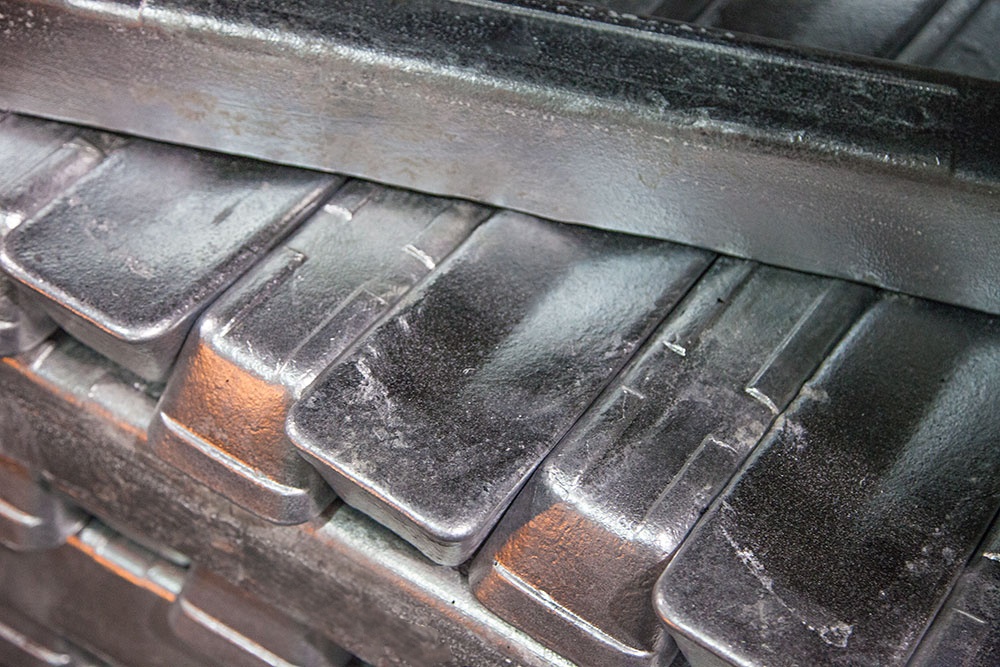Jim Smith, Jr.

Recent Posts
All About Al: Choosing the Right Aluminum Alloy
In manufacturing, aluminum is rarely pure. Instead, manufacturers form alloys that dramatically increase aluminum’s strength and stiffness, while maintaining its other desirable properties. Both professionals and non-professionals often make comparisons between aluminum and steel, because the two metals are both used for such a wide variety of products.
But comparing aluminum to steel is a bit like comparing apples to oranges: steel is already an alloy, while aluminum is an element. Carbon steel, a basic steel alloy, is composed of iron (Fe) and carbon (C). Pure aluminum, despite its many winning properties, is too soft and not strong enough for most industrial applications. But aluminum alloys can be thirty times stronger than pure aluminum, and regularly exceed steel in strength-to-weight ratios.
Tags: Processes, Aluminum Casting, Aluminum, All About Al, Metals
All About Al: Aluminum's Winning Properties
Recently in our All About Al blog series we discussed aluminum's history and origins. Now we're getting deeper into why aluminum is the perfect material for manufacturing such a wide range of products.
Aluminum owes its versatility in manufacturing to a unique set of properties. These include:
- Low melting temperature
- Excellent malleability
- Light weight
- Corrosion resistance
Tags: Aluminum Casting, Aluminum, Materials, All About Al
All About Al: Crash Course in Aluminum History
Aluminum is the third most common element on our planet. It’s by far the most abundant metal, and it’s also one of the most versatile.
Aluminum is light, strong, flexible and corrosion resistant. It can also be shaped relatively easily, in both a solid and molten state, and can be stamped to widths thinner than the human hair.
You’ll find aluminum in everything from buildings to cars, from Pepsi cans to laptops, and from power lines to bullet trains. But where does this one-of-a-kind metal come from, and how did it get to be so widely used?
Tags: Metalcasting, Aluminum Casting, Aluminum, Materials, All About Al
3 Ways Lean Manufacturing Lowers Casting Costs
Looking to lower the cost of your casting purchases? The key is to find a foundry that incorporates lean manufacturing principles into the process. These three principles can be applied to manufacturing castings, driving down costs significantly:
- Castability
- Bottleneck Solutions
- Optimizing Cycle Time
Tags: Lean Manufacturing, Metalcasting, Buyer's Guide, Purchasing Cast Products
Lean Manufacturing and Castings
Looking to lower the cost of your casting purchases?
The key is to find a foundry that incorporates lean manufacturing principles into the process.
The lean manufacturing process focuses on identifying ways improve quality while reducing waste, and companies that employ lean processes often find that it lowers their costs over time. Castability, bottleneck solutions and optimizing cycle time are three lean principles that, when applied to manufacturing castings, can reduce costs and lower your purchasing price.
Tags: Lean Manufacturing







